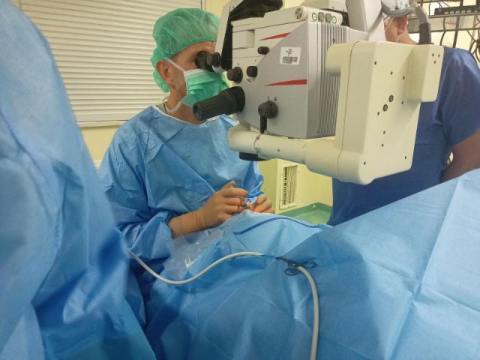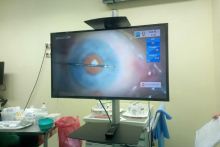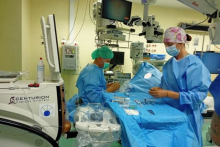Minimally invasive micro sclerostomy MIMS is an innovative anti-glaucoma procedure in the category of minimally invasive surgery.
Minimal invasiveness means a lower risk of complications compared to classic anti-glaucoma surgery. In addition, the post-operative period is less burdensome for the patient (the eye heals faster), so this method can be used even in earlier stages of glaucoma.
How the procedure works
The goal of anti-glaucoma treatment is to lower the pressure inside the eye. How this is achieved during this treatment is explained by Prof. Jacek P. Szaflik, Head of the Department of Ophthalmology at the Medical University of Warsaw and Director of the Independent Public Ophthalmic Clinical Hospital in Warsaw.
- During the procedure, using a special, high-precision micro-needle, an additional pathway for the outflow of aqueous fluid from the anterior chamber of the eye (the inside of the eyeball) into the subconjunctival space is created - the professor says. He adds: - A drainage microchannel with a diameter of 240 microns and a length of 2.7 mm is drilled and the tissue inside is removed. The aqueous fluid filling the anterior part of the eyeball finds a safe outlet under the conjunctiva, lowering the pressure inside the eye.
Advantages of the new technique
Professor Szaflik also stresses that the new technique combines low traumatization with efficiency due to the bypass of many structures (trabecular, Schlemm's canal, episcleral collecting veins) that offer resistance during classical outflow of the aqueous fluid from the eyeball.
No implants or drainage devices remain in the eye during the micro sclerostomy MIMS.


